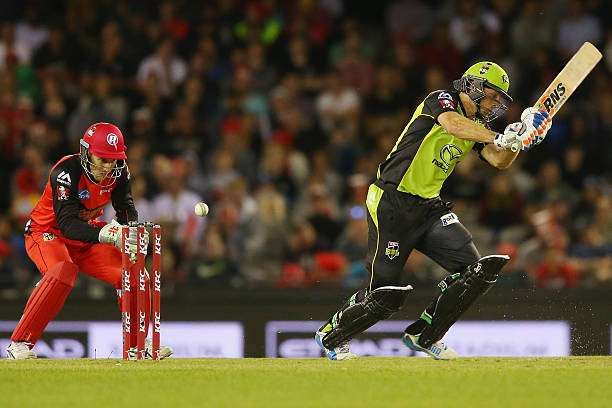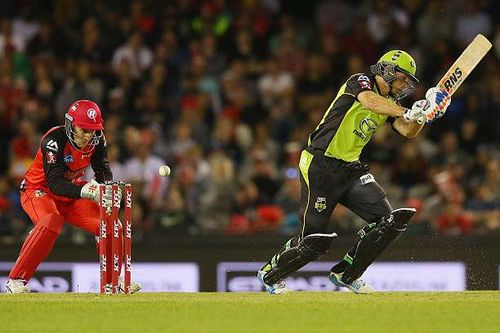
ICC rules and regulations: Decoding Law 23 and the dead ball scenarios

While in galli (street) cricket, dead balls are given for any number of reasons: bad bounce, kaccha nimboos’ bowling a 6-tip ball or a 70-year old uncle passing by, in the laws of the game, specifically Law 23 of the ICC rules and regulations, a dead ball is very specifically defined.
According to the Marylebone Cricket Club, which was once the posh English Club that governed cricket (now it’s just the posh English club that governs Lord’s), a ball is dead when:
#1 It is finally settled in the hands of the wicket-keeper or the bowler. (Whether the ball is finally settled or not is a matter for the umpire alone to decide.)
#2 A boundary is scored.
#3 A batsman is dismissed.
#4 Whether played or not it becomes trapped between the bat and person of a batsman or between items of his clothing or equipment, a protective helmet worn by a member of the fielding side or the the clothing of an umpire
#5 There is an award of penalty runs called.
#6 Lost ball is called.
#7 The umpire calls Over or Time.
#8 The umpire intervenes in unfair play or leaves his normal position for consultation
#9 One or both bails fall from the striker's wicket before he has the opportunity of playing the ball.
#10 He is satisfied that for an adequate reason the striker is not ready for the delivery of the ball and, if the ball is delivered, makes no attempt to play it.
#11 The striker is distracted by any noise or movement or in any other way while he is preparing to receive or receiving a delivery. This shall apply whether the source of the distraction is within the game or outside it.
#12 A serious injury occurs.
#13 The bowler drops the ball accidentally before delivery.
While rules 2, 3, 7, 9, 10, 11, 12 and 13 are fairly obvious, I will attempt to demystify rules 1, 4, 5, 6 and 8. The first rule is what has caused hang-ups in the past, and was the cause for Dickwella to be fined and given demerit points. When the batsman is in his crease, making no attempt to run, with the ball in the hands of the keeper, the ball is clearly dead.
Dickwella tried to knock off the bails and appeal after that, causing his getting punished by the match referee. When a batsman is off balance, and leaves his crease as a result of that, the ball is not yet dead and a stumping can occur. Finally, it is the umpire's discretion whether the ball is ‘finally settled’.
Rule 4 has been hotly debated of late. The rule has seen many dismissals, where a batsman hits the ball onto a close in catcher’s helmet only for the ball to fly in the air and be caught by someone else, ruled a dead ball. Moeen Ali was ruled not out this way, in a match changing decision.
Rule 5 refers to when a ball hits a player’s equipment while it is not being worn, as happened to India in the Champions Trophy semi-final against Bangladesh. The ball is immediately ruled dead and points awarded.
Rule 6 is when the ball is lost. This is not as prevalent in international cricket, but anyone who has played cricket in a car park will thank the ICC for their ruling on this matter. Rule 8 is when an umpire needs to leave his mark, the ball is made dead so no play happens without being under his purview. This most commonly happens when he consults with the leg umpire over a decision.
It also occurs when there is interference in play, as was seen in Jason Roy’s obstruction of the field in the England South Africa T20 series. The umpire called the ball dead and then referred it to the third umpire. This is one of the few cases in which the ball is still counted.
Okay, so your life did not depend on Law 23, but your wicket might. This article was issued in the interest of all batsmen, everywhere, having to deal with sneaky wicketkeepers trying underhanded ruses to dismiss them. Now you know what they can and cannot legally do.